Rough Terrain Forklifts Hire & Sales
Find the best prices on rough terrain forklifts from your local dealers.
We’ve helped customers find the best deals in their area


The new way to buy and hire forklifts
We simplify the forklift hire and sales process and save you money! Instead of spending hours researching and contacting local dealers individually, let Forkify do the heavy lifting for free!

Connect with Certified Local Dealers
Enter your requirements and we'll find suitable dealers in your area.

We Find the Best Deals
We search and compare deals from your local dealer to ensure you get the best price.

You'll See Your Savings
We put you in touch with dealers that provide the best value for money, meaning more savings for you.
What is a Rough Terrain Forklift?
Rough Terrain Forklifts, also known as All-Terrain Forklifts, are well-suited for use on construction sites, in agriculture and forestry, and anywhere with soft, uneven, or muddy ground – even inclines and ditches.
With oversized, pneumatic-cushioned tractor tyres and increased ground clearance, these forklifts offer exceptional manoeuvrability in demanding locations and excellent traction and flotation. They are the largest forklifts available and can power through rough terrain where other trucks would get stuck.
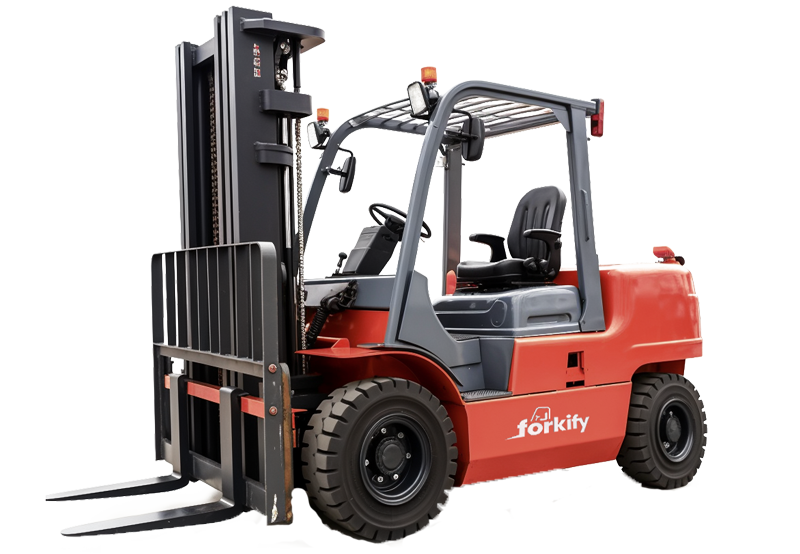

Top Rough Terrain Forklift Types
Rough Terrain Telehandler Forklift
Rough Terrain Telehandler Forklifts are ideal for sites with limited space because of their telescopic arm, or “boom,” which enables them to extend further forward and reach higher than standard forklifts.
The power shift transmission, all-wheel steering (available on many models), and multiple steering features allow operators to position the forklift as close to the work area as possible. These forklifts come with both two-wheel drive and four-wheel drive options, making them versatile for various work environments.
Rough Terrain Rotating Telehandler Forklift
Rough Terrain Rotating Telehandlers are equipped with cabs and booms that can swivel 360 degrees while maintaining a stationary body. This unique design offers a greater range of movement for the telescopic boom, which is especially helpful in narrow spaces. It also saves time, as operators can pick up items from one location and place them in another without the need to reposition the vehicle.
Moreover, many of these machines are built with a design that permits them to handle heavy objects without the use of stabilizers, saving time in transitioning to the next stage of work.
Straight Mast Rough Terrain Forklift
Straight Mast Rough Terrain Forklifts are built for loading and unloading materials on construction sites, warehouses, barns, demolition areas, and other locations.
They are faster and more manoeuvrable compared to telehandlers, allowing them to accomplish twice the amount of work, provided the job does not require excessive reach. However, visibility for the operator may be reduced because they are positioned behind the load rather than beneath it.
Among these forklifts, the Three-Stage Mast Forklift, also known as Triplex, is considered to be the most versatile and popular. Its increased lift capacity makes it particularly well-suited for a wide range of warehouse jobs.
Find Your Rough Terrain Forklift Now
How Much Does a Rough Terrain Forklift Cost?
*based on 7 day hire in the UK
Top Uses For Rough Terrain Forklift

Lifting, Moving and Placing Heavy Loads
Rough Terrain Forklifts are perfectly suited for safely and efficiently moving items at significant heights above ground level, regardless of the ground conditions or location.

Clearing Sites
Rough Terrain forklifts are excellent at clearing areas, effectively handling various natural and waste materials such as mud, sand, snow or debris. They are specially built to take care of such rugged conditions, making them the ideal choice for the job.

Loading and Unloading
Rough Terrain forklifts are designed to load and unload materials efficiently in various locations, including barns, warehouses, construction sites, and demolition areas. Their versatility and rugged build make them the perfect choice for handling such tasks in challenging and demanding environments.
Telehandler Specification
| Lift Height | 0-10m |
| Load Capacity | 3600kg |
| Lift Duration | 30-90 s |
| Weight | 4,500kg – 7,000kg |
| Dimensions (LxWxH) | 4m x 2m x 2.8 (avg) |
| Ground Clearance | 0.35-0.44m |

What Our Expert Says
“Rough Terrain Forklifts are perfect for mucking about outdoors. They’re perfect for access areas normal forklifts would struggle in, like construction sites and demolition areas.”
Will Bradley, co-founder at Forkify
Should I Buy or Hire a Rough Terrain Forklift?
Whether to purchase or hire a Rough Terrain Forklift depends on your specific needs. For long-term projects, buying may be more cost-effective, but it’s a significant capital expense and commitment that requires storage, maintenance, and insurance.
On the other hand, hiring a forklift has the advantage of maintenance and regulatory requirements being taken care of. This means that you can more easily predict costs without having to worry about any additional expenditures. Furthermore, approximately 50% of rough terrain forklifts in the market are available for rental, indicating that renting is an attractive option for many companies.
When you rent, you have access to models tailored according to the requirements of each specific job, and you have the ability to work with the latest technology available in the market. Ultimately, the decision to hire or buy a rough terrain forklift should be based on the specific needs of the project and the timeline over which it will be completed.

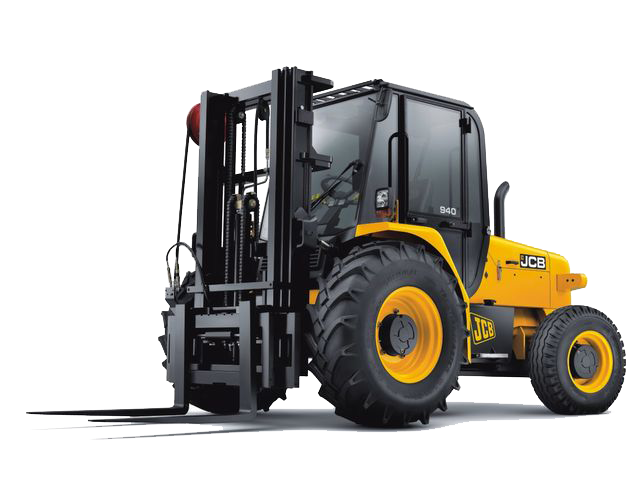
How Does It Work?
Tell us a little bit about your requirements, then let Forkify do the heavy lifting! We’ll match you with trusted local dealers in our database, so you can sit back and compare deals!
Popular Rough Terrain Forklift Brands






Frequently Asked Questions
What Is a Rough Terrain Forklift’s Maximum Lifting Capacity?
A rough terrain forklift’s maximum lifting capacity can vary depending on the specific model and manufacturer. However, most rough terrain forklifts have a lifting capacity of between 5,000 and 30,000 pounds. It’s important to note that the lifting capacity can also depend on the length of the forklift’s lift arms and the height to which the load needs to be lifted. Additionally, it’s critical to ensure that the forklift is operated within the manufacturer’s recommended capacity and all safety guidelines are followed to prevent accidents or damage to the equipment.
Can Anyone Drive a Rough Terrain Forklift?
No, not everyone can drive a rough terrain forklift in the UK. In order to operate a rough terrain forklift, the driver is required to hold a valid forklift operator’s licence, which is provided upon successful completion of a training course. In the UK, it is illegal to operate a rough terrain forklift without the proper certification. The training ensures that the operator is aware of the hazards of operating the machine and understands how to operate the forklift safely. The training covers topics such as understanding the controls of the machine, how to perform basic maintenance, and how to safely load and unload materials. It’s essential that all operators of rough terrain forklifts in the UK adhere to these regulations for their safety and the safety of others.
What Is Becoming The Most Common Type Of Rough Terrain Forklift?
In recent years, electric rough terrain forklifts have been becoming more popular and are becoming the most common type of rough terrain forklift. These forklifts, which come equipped with off-road tires, are powered by electricity and are designed to operate efficiently on rough and uneven terrain. Electric rough terrain forklifts are more environmentally friendly than their gas or diesel counterparts, and they generate less noise pollution, making them more suitable for use in residential areas or indoor work environments. Additionally, electric forklifts require less maintenance than gas or diesel forklifts because they do not have engines, oil filters, or spark plugs, which reduces their overall cost of ownership. As technology improves, it is likely that electric rough terrain forklifts will continue to become more common in the industry.
How Fast Can a Rough Terrain Forklift Go?
The maximum speed of a rough terrain forklift can vary depending on the specific model and manufacturer. Rough terrain forklifts are typically designed for slower speeds to prioritize safety and stability on rough and uneven terrain. Generally, rough terrain forklifts have a maximum speed of around 10 miles per hour (16 kilometres per hour) but most forklifts usually operate between 5 to 15 miles per hour (8 to 24 kilometres per hour). It’s important for operators to understand the recommended speed limitations for their forklift model and to always prioritize safety and caution when operating the machine. Driving too fast on rough terrain can lead to instability, tipping, and other accidents that could cause serious injury or damage to the equipment.
What Is The Best Rough Terrain Forklift?
Determining the best rough terrain forklift depends on a variety of factors, including the specific needs of the buyer. Some of the top rough terrain forklift manufacturers include JCB, Manitou, Caterpillar, and Komatsu, among others. Each manufacturer offers a variety of models with different lifting capacities, mast heights, and tire types, so it’s important to choose a model that is suitable for the terrain and the specific task at hand.
Factors that could affect which is the best rough terrain forklift for your needs include your budget, the terrain where you plan to use the forklift, the lifting capacity required, and the type of work you plan to do. Features such as ergonomic controls, a comfortable cab, and durable construction are also worth considering. Ultimately, it’s best to research different models, read reviews and ratings, and consult with experts to determine the rough terrain forklift that is best for you.
However, if you are unsure what type best suits your needs, get in touch. One of our trained and knowledgeable staff would be more than happy to advise you.
Can A Rough Terrain Forklift Be Driven Indoors And Outdoors?
Technically, a rough terrain forklift can be driven both indoors and outdoors, but whether it’s safe to do so depends on its design and features. Rough terrain forklifts are designed specifically for outdoor work and typically feature large, heavy-duty tires with a more aggressive tread pattern that provides better traction on uneven and rough terrain. Additionally, rough terrain forklifts typically have taller masts to allow for lifting larger loads to greater heights.
Indoor conditions, however, usually consist of smooth concrete or asphalt surfaces, and may not require such heavy-duty tires or high masts. A forklift designed primarily for outdoor use may not maneuver well indoors, and the tires could cause damage to the flooring or other surfaces.
That being said, some rough terrain forklift models can be switched from outdoor to indoor use, as they have the option to be fitted with non-marking tires or dual wheels for greater stability on indoor surfaces. Before driving a rough terrain forklift indoors, it’s important to determine whether the model is designed for indoor use, and to take necessary precautions to avoid damaging floors, ceilings, or other structures.